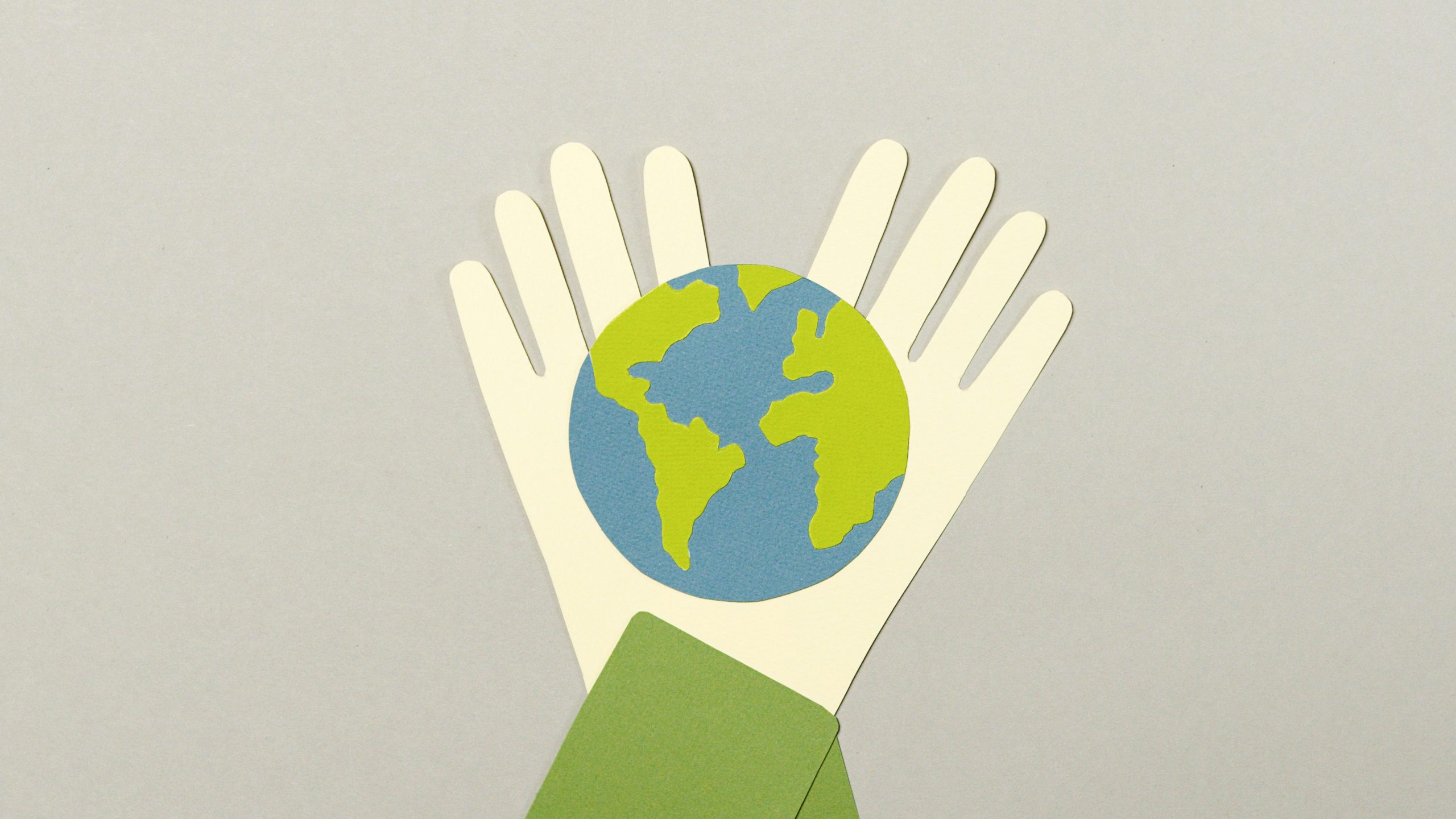An Overview of Children’s Environmental Awareness

Teaching our children about environmental issues is essential, not just necessary. It involves raising a generation that is engaged in both actively preserving our planet and appreciating its worth. The purpose of this article is to clarify the importance of fostering an early sense of environmental awareness in children. By doing this, we’re promoting a future where sustainability is valued above all else, guaranteeing that our planet’s resources and natural beauty will endure for future generations. We’ll examine the goals of raising environmentally conscious children and the part that this awareness plays in building a sustainable future through an organized synopsis. Together, let’s set out on this journey to recognize the critical role that education plays in forming a generation that values and safeguards the environment.
Knowing How Children Are Affected by Environmental Degradation

Health Concerns Raised by Climate Change and Pollution
- Children are more susceptible than adults to the negative consequences of environmental deterioration. They are more susceptible to infectious diseases and respiratory disorders like asthma as a result of pollution and climate change.
- Dangerous pollutants may be present in the playgrounds they visit, the water they drink, and the air they breathe.
- For our children’s health and wellbeing, it is not only a desire but a necessity that they grow up in a clean, safe environment.
The Psychological Impact of Natural Disasters on Adolescent Minds
- Witnessing or being involved in environmental disasters has an impact that goes beyond one’s physical well-being. Deep effects on young minds may result in anxiety, depression, and post-traumatic stress.
- Our children’s psychological health is closely related to the security and stability of their surroundings. The significance of preserving our planet is highlighted by the feelings of loss and terror that a disturbed natural environment can evoke.
The Significance of a Secure and Salubrious Setting for the Growth of Children
- holistic child development is based on the foundation of a secure and healthy environment. It promotes not only physical health but also mental and intellectual development.
- For play and exploration, children require safe green spaces, uncontaminated water, and clean air. These components support their cognitive growth and the establishment of a healthy bond with the natural world.
- By protecting the environment, we are making an investment in our kids’ future and giving them the starting point they need to succeed.
In summary, the stakes are extremely high. The wellbeing of our children is directly impacted by the state of our planet. We’re not just safeguarding the planet when we take action against environmental degradation and raise awareness of it. We’re guaranteeing future generations a better, healthier future. For the benefit of our children, let’s make environmental stewardship a major component of our legacy.
Teaching Methods for Children Concerning the Environment

Including Environmental Education in Curriculums for Schools
One effective way to raise environmentally conscious kids is to incorporate environmental education into school curricula. Through the integration of themes such as sustainability, conservation, and the effects of climate change into disciplines like science, geography, and literature, educators can offer a comprehensive comprehension of environmental concerns. This method gives students the knowledge to contribute to the solution while also educating them about the problems our planet faces.
Interactive and Interesting Ways to Instruct Kids on Sustainability
- Active learning is the best way for children to learn. Making use of interactive techniques like games, storytelling, and hands-on projects can enhance the enjoyment and impact of environmental education.
- Children can learn about plant biology, the value of pollinators, and the fundamentals of composting, for example, by starting a school garden.
- Similar to this, narrative can vividly illustrate the effects of deeds like littering or water waste, encouraging a stronger emotional bond with environmental stewardship.
The Role of Technology and Digital Media in Environmental Education
- Beyond the classroom, digital media and technology present previously unheard-of chances to deepen kids’ understanding of environmental issues. Educational apps and online platforms provide interactive experiences that can simulate the impact of climate change over time or the benefits of recycling.
- Websites like the Australian Government Department of Agriculture, Water and the Environment offer resources that can complement school curriculums, providing valuable information on local and global environmental issues.
- Moreover, virtual reality experiences can transport students to different parts of the world, allowing them to witness the effects of deforestation, pollution, and endangered species, making the need for conservation more real and urgent than ever before.
By adopting a multifaceted approach to environmental education, combining traditional teaching methods with interactive and technological tools, we can inspire a generation that is not only aware of the environmental challenges we face but is also equipped with the knowledge, skills, and motivation to make a difference. The future of our planet depends on our children, and by investing in their education, we’re investing in a sustainable future.
Involving Parents and Communities in Environmental Education

Tips for Parents to Teach Environmental Values at Home
Parents play a pivotal role in shaping their children’s environmental consciousness. Simple practices like recycling, conserving water, and reducing energy consumption can be powerful teaching moments. Encouraging kids to turn off lights when leaving a room or to use water wisely while brushing teeth instils a sense of responsibility. Moreover, involving children in gardening activities not only teaches them about plant life but also the importance of caring for living things. These everyday actions, when shared as family values, lay a strong foundation for environmental stewardship.
The Importance of Community Involvement in Raising Environmental Awareness
Community involvement amplifies the impact of environmental education. When communities come together, whether through school programs, local clean-up days, or conservation projects, they create a collective force for change. Such involvement not only educates but also fosters a sense of belonging and responsibility towards the local environment. It’s a powerful way to show children that their actions, in concert with others, can make a significant difference.
Examples of Community-Led Environmental Programs for Children
- Eco-Schools program encourages schools to develop sustainability projects, from waste reduction to energy saving initiatives.
- Local councils often run workshops on recycling, composting, and biodiversity, tailored for young audiences.
- Community gardens provide a hands-on learning experience about growing food but also teach valuable lessons about community and cooperation.
By involving parents and communities in environmental education, we’re not just teaching children about the importance of sustainability; we’re showing them. Through practical actions and community engagement, we’re laying the groundwork for a more environmentally conscious generation. It’s a collective effort that promises a greener, more sustainable future for all.
Overcoming Challenges in Environmental Education for Children

Addressing Misconceptions and Apathy Towards Environmental Issues
One of the first hurdles in teaching children about the environment is overcoming the misconceptions and apathy they may have. It’s crucial to present information in a way that sparks curiosity and concern. By using relatable examples and showing the direct impact of environmental issues on their own lives, educators can make the subject matter more engaging. Demonstrating how small actions can lead to big changes empowers children, transforming apathy into action.
Navigating Political and Cultural Barriers in Environmental Education
Environmental education often intersects with political and cultural beliefs, making it a sensitive topic in some communities. To navigate these barriers, it’s important to focus on the universal benefits of a healthy planet, such as clean air and water, which everyone can agree on. Encouraging open discussions and critical thinking helps children understand different viewpoints while reinforcing the importance of environmental stewardship.
Strategies for Making Environmental Education Accessible to All Children
- Diverse teaching methods: Cater to different learning styles with visual aids, storytelling, and hands-on activities.
- Leveraging technology: Bridge gaps with interactive and immersive learning experiences, even for those in remote areas.
- Inclusive materials: Ensure materials are available in multiple languages and are culturally relevant.
By addressing these challenges head-on, we can ensure that environmental education not only reaches a wide audience but also resonates with children from all walks of life. It’s about creating a generation that is not only informed about environmental issues but is also passionate about making a difference. The future of our planet depends on it.
To sum up
Our planet’s future is in our children’s hands. This truth underscores the urgency of environmental education from a young age. By intertwining knowledge with action, we cultivate a generation poised to tackle environmental challenges head-on. The journey from awareness to action is complex, yet it promises a legacy of sustainability and stewardship. Let’s commit to guiding our children towards a greener, more sustainable future, empowering them to be the change our planet desperately needs.
Raising Awareness: Kids and Environmental Issues FAQs
Encouraging outdoor play and exploration, such as hiking, gardening, or participating in nature scavenger hunts, can foster a love for the environment. These activities not only provide physical benefits but also allow children to directly experience the beauty and importance of nature. This direct connection with the outdoors can cultivate a sense of responsibility to protect and preserve it.
Participating in community projects like tree planting, clean-up days, or wildlife conservation efforts allows children to see the direct impact of collective action on the environment. These experiences teach them about collaboration, the importance of community involvement in environmental protection, and the tangible results of their efforts. It also helps build a sense of belonging and responsibility towards their local environment.
Start by discussing simple concepts like recycling, saving water, and the importance of plants and animals. Use stories, games, and hands-on activities like planting a tree or cleaning up a local park to make these concepts engaging and understandable. This approach helps children grasp the importance of their actions in a positive, impactful way.
Schools can integrate environmental education across subjects and organize eco-friendly projects and field trips. Activities like starting a school garden, participating in sustainability challenges, or adopting a local area to protect and maintain can immerse students in real-world environmental issues. This hands-on approach makes learning about the environment interactive and meaningful.
Technology offers interactive and engaging tools like educational apps, games, and virtual reality experiences focused on environmental education. These resources can simulate environmental scenarios, demonstrate the impact of human actions on the planet, and offer solutions for a better future. Utilizing technology in this way makes learning about environmental issues accessible and compelling for the digital generation.
Setting up a home recycling center can be a fun and educational project. Guide them through sorting recyclables, visiting a recycling facility, or creating art from recycled materials to show the lifecycle of products. These activities highlight the role recycling plays in conserving resources and reducing waste.
Simple practices like turning off lights when leaving a room, using reusable bags and bottles, and conserving water by taking shorter showers can teach kids about conservation. These habits, when practiced regularly, underscore the importance of resource conservation and the role each individual plays in reducing environmental impact. Incorporating these practices into daily routines can help children understand and value their contribution to a healthier planet.
There are many children’s books that address environmental issues through compelling stories and illustrations, such as “The Lorax” by Dr. Seuss for younger kids and “Hoot” by Carl Hiaasen for older readers. These books often feature relatable characters and scenarios that highlight the importance of protecting the environment. Reading such stories can inspire empathy for the planet and motivate children to take action.
Educating children about environmental issues prepares them to be informed and responsible citizens who can make sustainable choices. It instills a sense of duty towards protecting the environment and encourages them to think critically about their impact on the planet. This foundation can influence their future decisions, from career choices to lifestyle, in a way that prioritizes environmental health.
Parents lead by example, showing children how to make eco-friendly choices in daily life, such as conserving water, reducing waste, and choosing sustainable products. Discussing environmental news, encouraging questions, and exploring nature together can also foster a deeper understanding and respect for the environment. This involvement helps instill lifelong habits and values centered on environmental stewardship.

Jasmine Duque-Love is a mother of one and a practicing physiotherapist with a Phd in Physiotherapy

